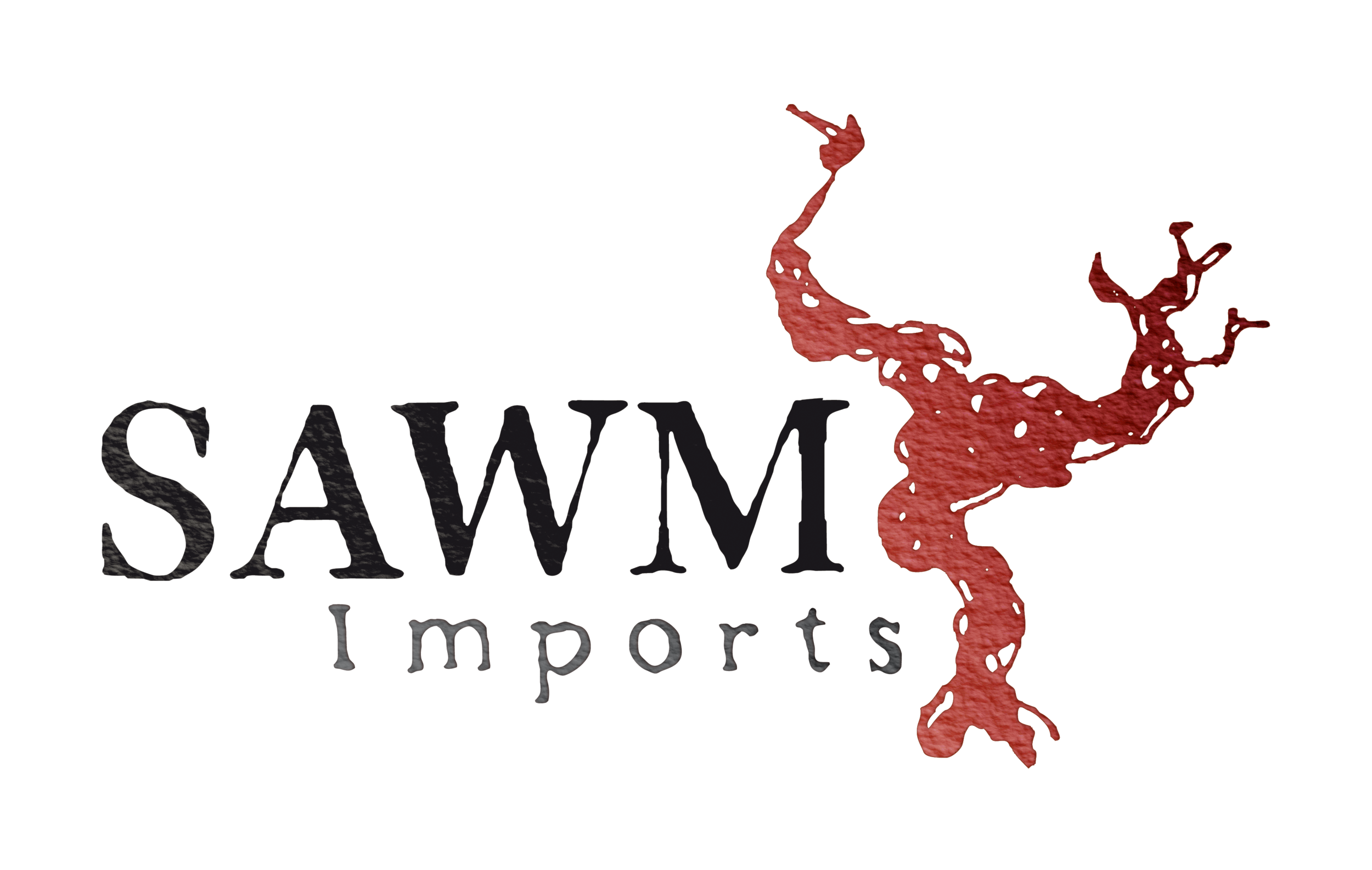
Château d’Orschwihr
Alsace, France
The first recorded mention of the Château d’Orschwihr dates back to 1049. The Hartmann family acquired the Château in 1854. Martin Hartmann turned the vineyards to commercial use in the 50s. His son, Hubert, took over in 1986 and increased the size of the vineyards from 6 to the present 25 hectares. Now, grandson Gautier is the latest in the family to continue the tradition. Not only is the property centuries old, but the Hartmann family philosophy of how to treat the earth, the vineyards, and the wines has also stayed true: deliberate use of ground cover, low yields, and no chaptalization among other practices give beautifully balanced wines and world class Grand Crus.

Château de Valcombe
Costières de Nîmes Blanc | Rhône Valley, France
Château de Valcombe, a family-owned property since 1749, is the southernmost estate in the Costières de Nîmes. Close to the Mediterranean Sea and planted on soils boasting the highest concentration of limestone in the region, Valcombe offers refined, concentrated wines with exuberant freshness and minerality. In 1791 the estate received official recognition from the revolutionary army for the quality of wines sent to the frontlines; wines from the domain were featured at the 1855 and 1873 World’s Fairs.
Following the Second World War, the estate was inherited by Charles Ricome, who replanted most of the vineyards and was among the first to plant Syrah in the appellation. The reins of the estate have been handed to Charles’s son Dominique and his grandsons Basile and Nicolas. The vineyards planted in 1955 are still in cultivation and are, along with the entirety of the estates’ vineyards, have been certified organic since 2018.

Château Puy-Servain
Montravel & Bergerac, France
Château Puy-Servain, located high in the Montravel and Bergerac appellations, is owned by Daniel Hecquet– one of the regions best and most innovative winemakers. Daniel is an accomplished oenologist, having honed his skills while working at Château d’Yquem and Chateau Figeac before returning home to Puy-Servain.
Owned by the Hecquet family for three generations, the estate takes its name from the locality Puy Servain, which means windy summit (puy) (servain). The 47 hectares of vines is farmed with sustainable agriculture and produce wines from Bergerac, Montravel, Pécharmant, Côte de Montravel and Haut Montravel.

Jean-Baptiste Audy
Bordeaux, France
Founded by the man of the same name in 1906 – Jean-Baptiste AUDY settled in Libourne, and began a wine trading company along the banks of the Dordogne river. Today, the family owns a number of properties on the right bank of Bordeaux, including Clos du Clocher in Pomerol and Château du Courlat in the satellite appellation of Lussac-Saint-Emilion.
The company is still run by Jean-Baptiste’s descendants: firstly, his grandson Pierre Bourotte, and since 2003 his great-grandson Jean-Baptiste Bourotte.

Ambrosia Vins De Propriétés
Bordeaux, France
Ambrosia was established as a negociant business in 1990 by the Tessandier Family, owners of nine Chateaux in the Bordeaux region.
Although they continue to use traditional methods for producing their wines, the Tessandier family manage to achieve a suppleness and forward style which makes their wines appealing to the modern palate.
Château Dasvin-Bel-Air
Haut-Médoc
91 Points | Wine Enthusiast | 2016"With a dominance of Cabernet Sauvignon and from classic gravel soil, this wine is firm and structured. It is also ripe with blackberry fruits and acidity to balance. Under the same ownership as Château Maucamps, it is a wine for aging. Drink from 2022."
Château Maucamps
Haut-Médoc
90 Points | Wine Enthusiast | 2015"This is a powerful wine with a strong presence of Cabernet Sauvignon to give structure as well as fruit. The wine has great acidity and a rich texture along with ripe plum and black-currant fruit. It comes from an 18th-century estate in the southern Médoc. Drink from 2022."

Dominique Haverlan | Vieux Château Gaubert
Bordeaux, France
Winegrower and builder are two words often used to describe Dominique Haverlan. Born into a family of winemakers that has remained true to this terroir for multiple generations. Building on this fruitful method with pride, his wines delight enthusiasts and professionals alike. Haverlan has been able to set its sights higher and take charge of numerous other chateaus in the Graves and Pessac-Léognan wine regions.






































